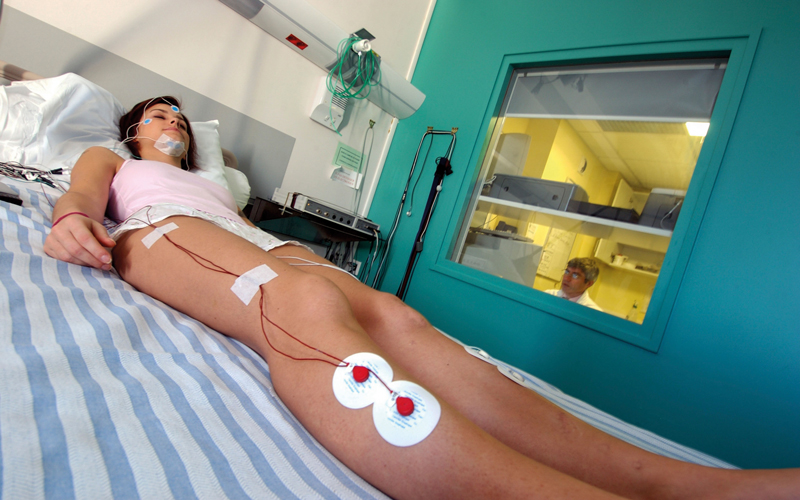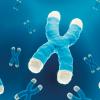Scientists have discovered genetic clues to the cause of restless leg syndrome. The discovery could help identify those individuals at greatest risk of the condition and point to potential ways to treat it.

At a glance
- Up to one in 10 older adults experience symptoms of restless leg syndrome.
- The team created a dataset with more than 100,000 patients and over 1.5 million unaffected controls.
- They identified over 140 new genetic risk loci, increasing the number known eight-fold to 164, including three on the X chromosome.
Restless leg syndrome can cause an unpleasant crawling sensation in the legs and an overwhelming urge to move them. Some people experience the symptoms only occasionally, while others get symptoms every day.
Despite the condition being relatively common – up to one in 10 older adults experience symptoms, while 2%–3% are severely affected and seek medical help – little is known about its causes.
Previous studies had identified 22 genetic risk loci – regions of our genome that contain changes associated with increased risk of developing the condition. But there are still no known biomarkers to objectively diagnose the condition.
To explore the condition further, an international team pooled and analysed data from three genome-wide association studies that compared the DNA of patients and healthy controls.
By combining the data, the team was able to create a powerful dataset with more than 100,000 patients and over 1.5 million unaffected controls.
The team identified over 140 new genetic risk loci, increasing the number known eight-fold to 164, including three on the X chromosome. The researchers found no strong genetic differences between men and women.
Image Credit | Science Photolibrary



